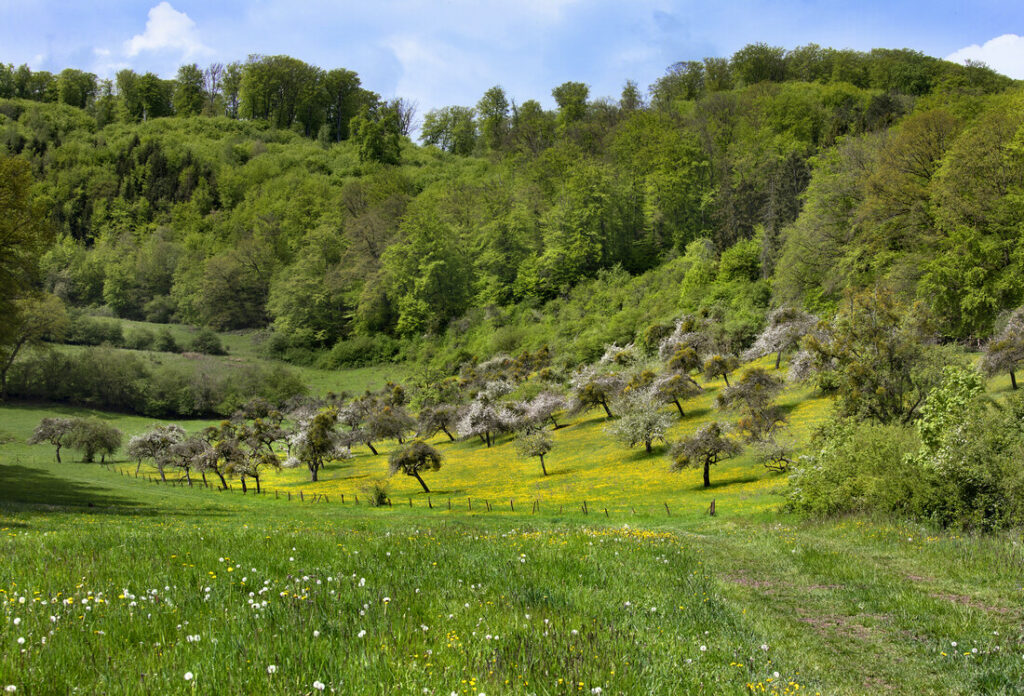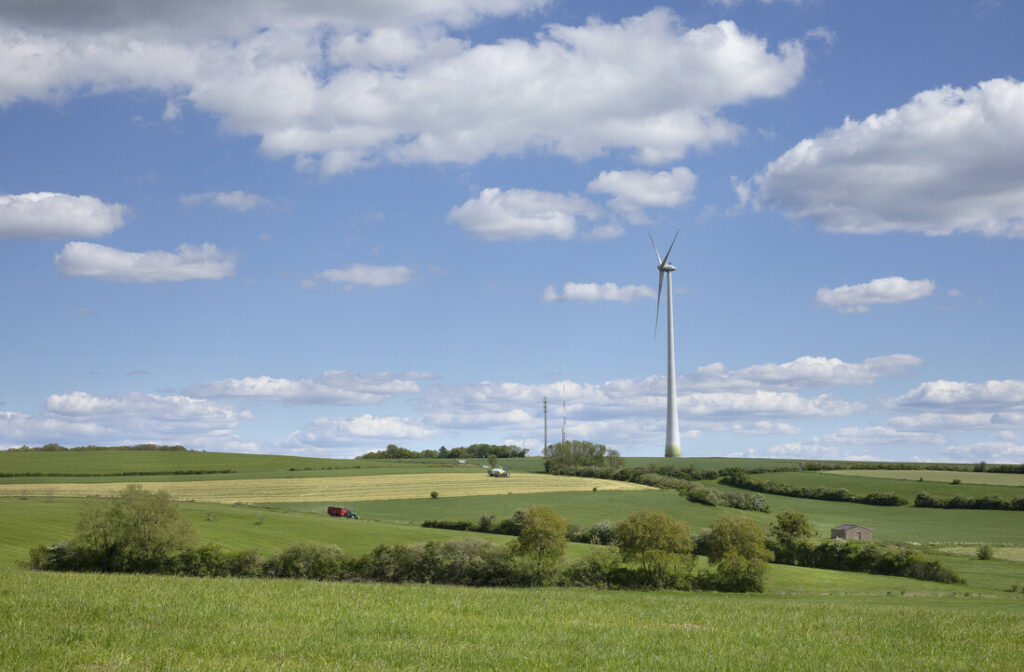Area: 3058.74 ha (of which COPIL Natura 2000 Mëllerdall is responsible for 192 ha)
Brief description (see also SDB end 2018-15/03/2019):
- Hilly landscape between the Gréngewald and the Mëllerdall region.
- The majority of the protected area is used for agriculture – three-quarters of it as grassland, providing a habitat for many (rare) bird species (such as the Eurasian skylark, quail, partridge)
- The well-structured and extensively used agricultural areas (a mosaic of dry grassland and wetland areas) have Luxembourg’s highest population density of great grey shrike and red-backed shrike – and the common linnet and Eurasian wryneck are also found here.
- Most of the wet grassland areas and reed beds are to be found in the valley of the Black Ernz – this is where, in particular, the Eurasian reed warbler, common reed bunting, kingfisher and black stork are to be found.
- Also of particular interest are the species-rich chalk heath (a quarter of Luxembourg’s total), mainly confined to the sunny slopes around the small town of Junglinster.
- Most of the small area of woodland is made up of various kinds of beech forest (incl. Luzulo-Fagetum and Asperulo-Fagetum beech forest) and is home to, among other species, wood warblers, black woodpeckers and other kinds of woodpecker.
- Birds of prey such as the red kite, black kite and hen harrier are also regularly seen in the protected area.
The main targets for protection (under the ban on deterioration) in this area are the following habitats and species (see also RGD 04.01.2016):
- the populations of the following bird species: Eurasian skylark, black stork, hen harrier, red-backed shrike, great grey shrike, black kite, red kite, European honey buzzard, wood warbler, Northern lapwing
- and other bird species living in open landscapes or on grassland, orchards and other structured landscapes or on marshes, large sedge swamps/reed beds and other wetland areas
You can find the management plan of this region here.


